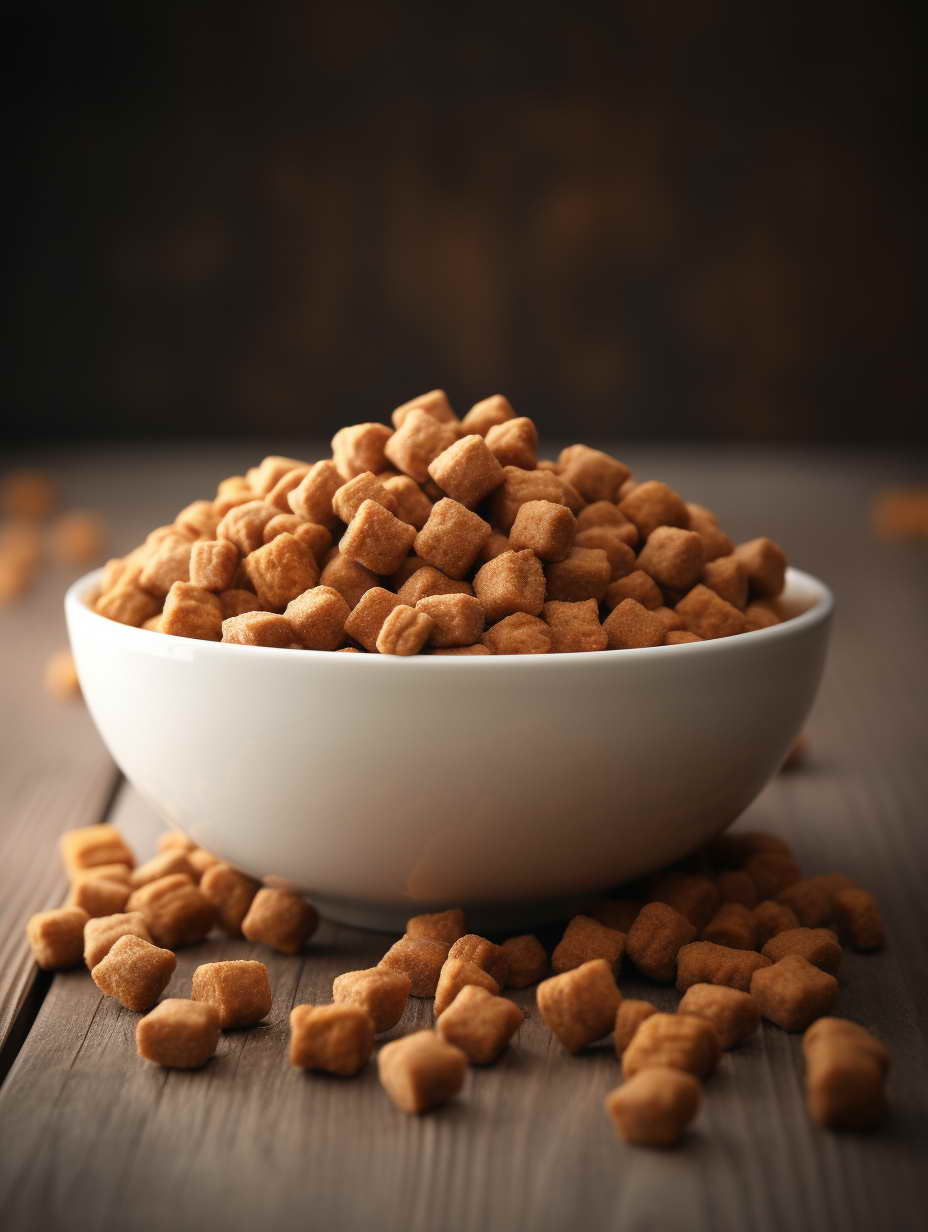How Long Does Dry Dog Food Stay Fresh Once Opened
Introduction
When it comes to our beloved canine companions, we all want to provide them with the best nutrition possible. That’s why understanding how long dry dog food stays fresh once opened is crucial. Ensuring the food remains safe and nutritious is not only essential for your dog’s health but also for your peace of mind. In this informative guide, we’ll dive deep into dry dog food storage, answering all your questions about its freshness and longevity.
Storing Dry Dog Food Properly
One of the key factors in maintaining the freshness of dry dog food is proper storage. Here’s what you need to know:
1. Airtight Containers
To keep your dog’s food fresh, transfer it from the original packaging to an airtight container. This helps in preventing exposure to air and humidity.
2. Cool and Dry Place
Store the container in a cool, dry place, away from direct sunlight. Extremes in temperature can affect the food’s quality.
3. Expiry Date
Always check the expiry date on the packaging. Using food past its expiration can lead to health issues for your pet.
4. Keep It Sealed
Ensure that the container is tightly sealed after each use. This prevents moisture and pests from getting inside.
Factors Affecting the Shelf Life of Dry Dog Food
When it comes to determining how long dry dog food stays fresh, it’s not a one-size-fits-all answer. The freshness of dry dog food can vary widely based on several factors. Let’s delve into these factors to gain a deeper understanding of how they influence the shelf life of your pet’s food.
1. Packaging
The packaging of dry dog food plays a crucial role in preserving its freshness. High-quality, airtight packaging can significantly extend the shelf life of the product. When dog food is sealed in airtight bags or containers, it prevents exposure to oxygen and moisture, which are the primary culprits in food spoilage. Brands that invest in robust packaging options often provide a longer shelf life for their products.
2. Ingredients
The composition of the dog food itself can impact how long it remains fresh. Foods that contain natural preservatives tend to have a longer shelf life. Common natural preservatives in dog food include vitamin E (tocopherols) and rosemary extract. These ingredients help to inhibit the oxidation process that can cause the food to go rancid. When selecting dry dog food, it’s a good idea to check the ingredient list for these preservatives.
3. Storage Conditions
How you store your dog’s food can significantly affect its shelf life. Temperature and humidity are two critical factors to consider:
- Temperature: Storing dog food in a cool, dry place is essential. High temperatures can accelerate the degradation of fats in the food, leading to spoilage. Avoid storing it near appliances that generate heat or in direct sunlight.
- Humidity: Moisture is the enemy of dry dog food. Even minor exposure to humidity can cause the food to become soft and moldy. Always keep the food in a dry environment and ensure that the storage container is airtight.
4. Exposure to Air
Oxygen is another factor that can contribute to the degradation of dry dog food. When food is exposed to oxygen for extended periods, it can lead to the development of rancid flavors and odors. This is why many manufacturers include oxygen-absorbing packets in their packaging. These packets help remove oxygen from the sealed container, prolonging the food’s freshness.
5. Quality of Ingredients
The quality of the ingredients used in dog food can impact its shelf life. Premium brands often use high-quality ingredients, which can contribute to a longer shelf life. Cheaper dog foods may use lower-quality ingredients that are more prone to spoilage. Always check the product’s label for information on ingredient quality.
6. Preservatives
In addition to natural preservatives, some dog foods contain artificial preservatives to extend their shelf life. While these preservatives can be effective, some pet owners prefer to avoid them due to concerns about potential health effects. If you have specific preferences regarding preservatives, make sure to read the product label carefully.

Factors Affecting Freshness
Several factors can impact the freshness of dry dog food:
- Packaging: High-quality, airtight packaging can significantly prolong freshness.
- Ingredients: Foods with natural preservatives tend to last longer.
- Storage Conditions: Temperature and humidity play a crucial role in food preservation.
FAQs
How can I tell if my dog food has gone bad?
If your dog food has an unpleasant odor, unusual texture, or signs of mold, it’s best to discard it.
Can I freeze dry dog food to extend its shelf life?
Freezing dry dog food can extend its shelf life, but be sure to use an airtight container to prevent moisture and freezer burn.
Are there any natural ways to keep dry dog food fresh?
You can add rice or oats to absorb moisture in the container, helping to maintain freshness.
Can I mix old and new dry dog food?
Finishing the old batch before opening a new bag is best to ensure freshness and consistency in your dog’s diet.
What should I do if my dog food becomes infested with pests?
Dispose of the contaminated food, thoroughly clean the storage container, and consider using pest deterrents in the storage area.
Is it safe to use the food after the “best by” date?
While it may still be safe, the quality and nutritional value might be compromised. It’s best to follow the manufacturer’s recommendations.
Conclusion
Ensuring the freshness of your dog’s food is a vital aspect of responsible pet ownership. By following proper storage guidelines and paying attention to expiration dates, you can provide your furry friend with the best nutrition possible. Remember that the key to a healthy and happy pet starts with the food you choose.



Leave a Reply